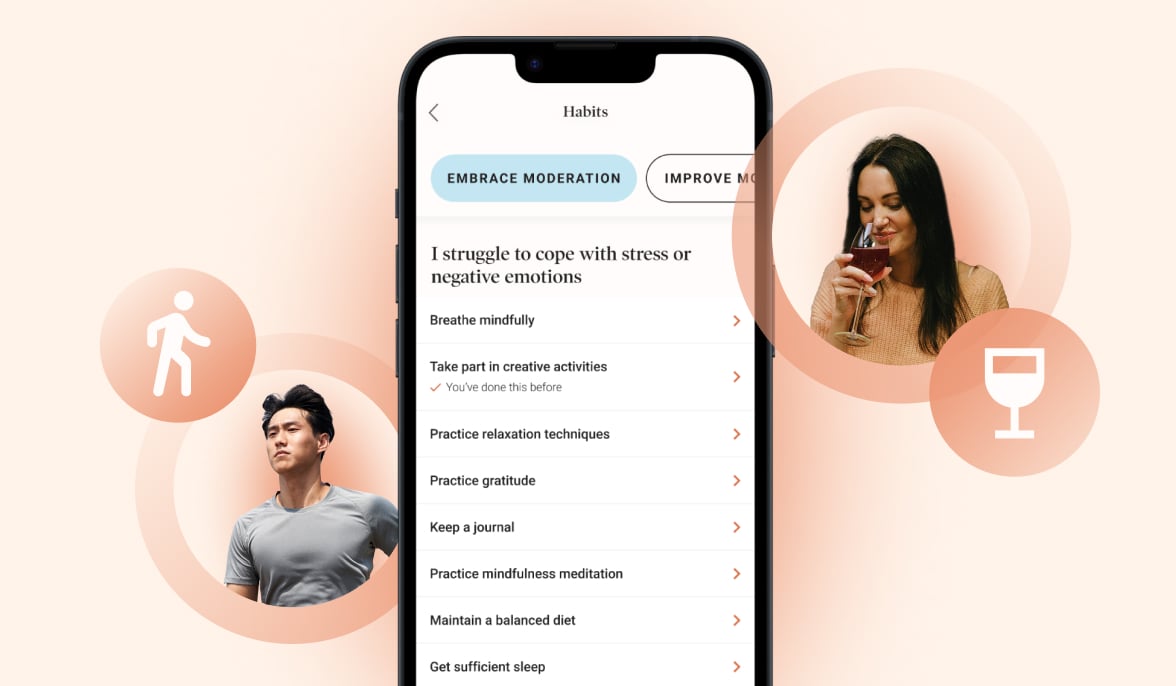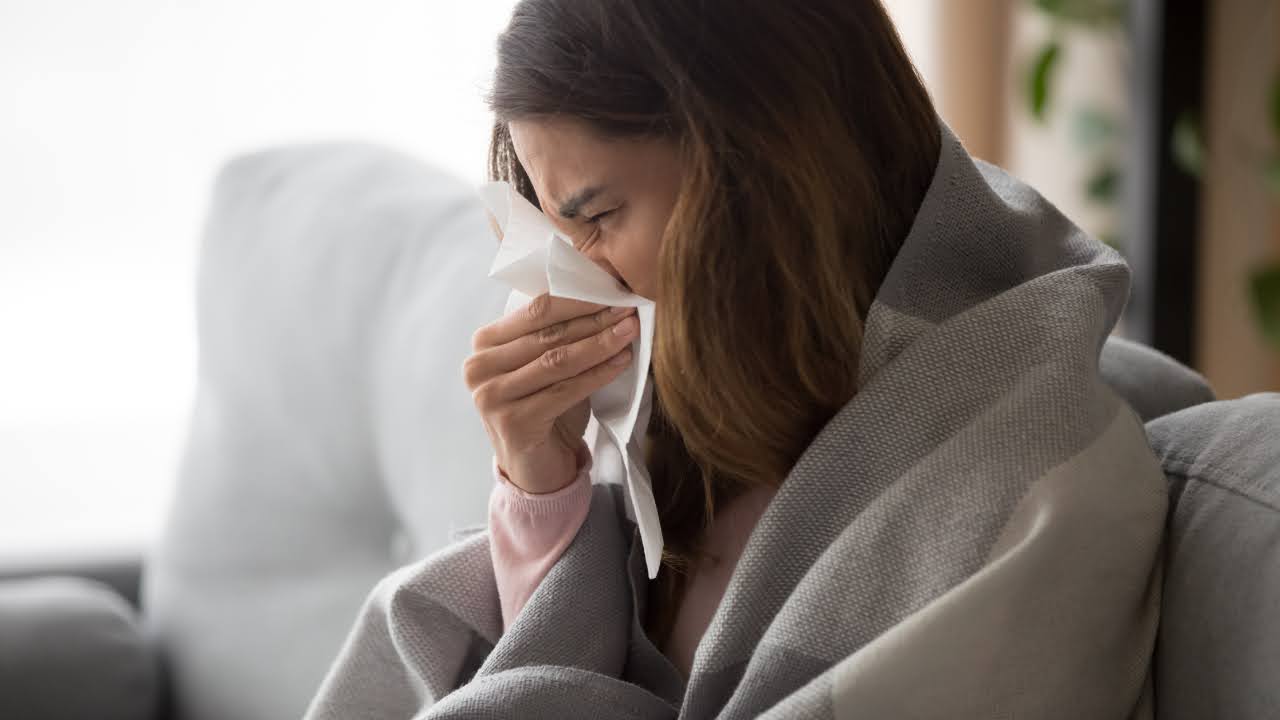"75% of sexually active men and women will have at least one HPV infection in the anogenital area during their lifetime" 1. Surprised? Let's take a moment to demystify HPV infection, but more importantly, find out how to protect yourself from it!
What is HPV?
HPV is the abbreviation used to designate the human papillomavirus, which can cause infections in humans. In fact, there are more than 100 different types that can affect different parts of the body. The good news is that most HPV infections clear up on their own when the person has a good immune system 2,3. However, HPV can also have more serious consequences, such as genital warts, or even be a cause of cancer, such as cervical, penile, or anal cancer.
Okay, but how do you get it?
Everyone who is sexually active is at risk for HPV infection. The virus is transmitted through oral-to-genital contact, contact with infected body fluids via hands or sex toys, and skin-to-skin contact between genitals.
What can you do to protect yourself?
There is no cure for HPV infections, but fortunately, there are many ways to reduce your risk of getting infected! In addition, the best way to protect yourself from cervical cancer is to protect yourself from HPV infection.4
- There are currently three vaccines approved by Health Canada. While they do not protect against all types of HPV, they do help protect against the types that cause 70% of anogenital cancers and 90% of anogenital warts 1. So they provide good protection.
- Some women should have a Pap test. The frequency and need vary depending on age, health history, and risk factors. To find out if you need one, it's best to talk to a healthcare professional! The Dialogue team is here to answer your questions!
Yes, it is still necessary to have PAP tests, even if you have received the vaccine! Because the vaccine does not protect against all HPV, cervical cancer screening is still important! - Reduce your risk by :
-
- Using condoms
- Using spermicidal gels
- Smoking reduction and cessation. Smoking increases the risk of cervical cancer.
- Normalize the conversation! Talk with your partner and your healthcare provider about sexually transmitted infections and how to protect yourself from them.
Let’s all do our part and raise awareness about HPV prevention.
Resources
- https://www.canada.ca/fr/sante-publique/services/maladies/virus-papillome-humain-vph.html
- https://www.catie.ca/fr/feuillets-info/infections/vph-dysplasie-cervicale-cancer-col-uterin/messages-cles-vph
- https://www.canada.ca/fr/sante-publique/services/maladies-infectieuses/sante-sexuelle-infections-transmissibles-sexuellement/prevention-vaccin-contre-vph-questions-reponses.html
- https://choosingwiselycanada.org/pap-tests/


![[Webinar] Multigenerational workplaces: Bridging the well-being gap](https://www.dialogue.co/hs-fs/hubfs/2024%20Q1-%20HW%20-%20Resource%20center%20image%20-%20MHW%20EN-1.jpg?width=241&height=151&name=2024%20Q1-%20HW%20-%20Resource%20center%20image%20-%20MHW%20EN-1.jpg)


 Canada (EN)
Canada (EN)
 Global (EN)
Global (EN)






